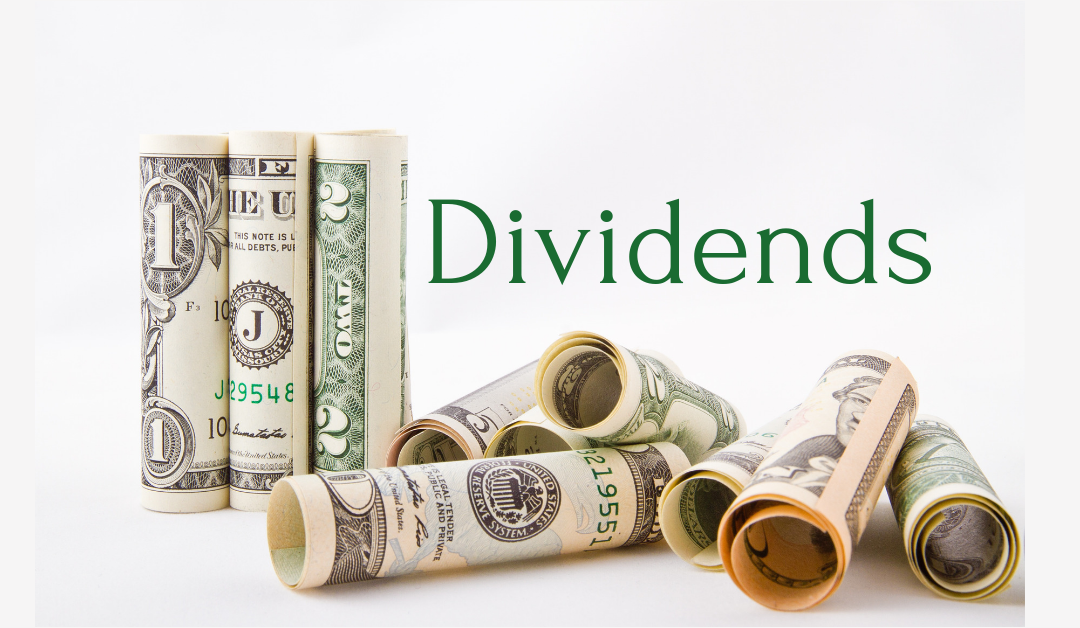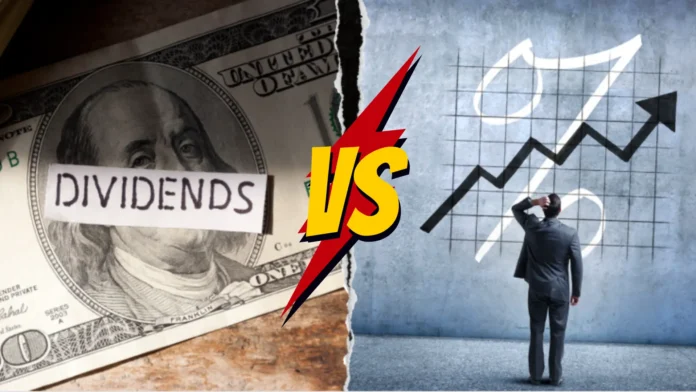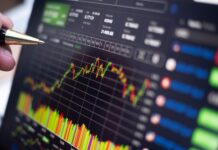When considering whether a dividend yield is too high, investors must carefully assess various factors to make an informed decision. A high dividend yield can be an attractive proposition, as it offers the potential for significant income streams.
However, an excessively high dividend yield may also be a red flag signaling potential risks, such as a companys inability to sustain the dividend payout over the long term. Evaluating the sustainability and growth prospects of a company, as well as its historical dividend performance, are crucial components in determining if a dividend yield is too high.
Additionally, comparing the dividend yield to industry standards and market trends can provide valuable insight into whether the yield is within a reasonable range. By conducting thorough research and analysis, investors can make sound judgments on whether a dividend yield is too high and make informed investment decisions.
Introduction to Dividend Yields
 Understanding dividend yields is essential for investors looking to evaluate the attractiveness of an investment opportunity. Dividend yield is a critical metric that calculates the percentage return on investment generated by dividends paid out by a company. It is calculated by dividing the annual dividend by the share price and is typically expressed as a percentage.
Understanding dividend yields is essential for investors looking to evaluate the attractiveness of an investment opportunity. Dividend yield is a critical metric that calculates the percentage return on investment generated by dividends paid out by a company. It is calculated by dividing the annual dividend by the share price and is typically expressed as a percentage.
A high dividend yield can be appealing to investors as it signifies a potentially lucrative return on their investment. However, it is important to assess whether a high dividend yield is sustainable and not a red flag for underlying issues within the company.
In this article, we will delve into how to evaluate if a dividend yield is too high and the factors to consider when making this determination.
Understanding the Role of Dividend Yields in Investment
 Understanding the role of dividend yields in investment is crucial when evaluating the attractiveness of a stock. Dividend yield represents a companys annual dividend payment as a percentage of its stock price.
Understanding the role of dividend yields in investment is crucial when evaluating the attractiveness of a stock. Dividend yield represents a companys annual dividend payment as a percentage of its stock price.
A high dividend yield can be appealing to investors seeking income, but it is essential to consider the sustainability and growth potential of the dividend. A company with an unusually high dividend yield may be facing financial difficulties or have a declining stock price.
On the other hand, a low dividend yield could indicate a company that is reinvesting profits for growth or has a strong stock price appreciation. By analyzing the dividend yield in conjunction with other financial metrics and market conditions, investors can make more informed decisions about their investments.
Factors to Consider Before Evaluating Dividend Yields
 Before jumping to conclusions about a high dividend yield, there are several factors investors should consider. First and foremost, it is important to understand the companys financial health and stability.
Before jumping to conclusions about a high dividend yield, there are several factors investors should consider. First and foremost, it is important to understand the companys financial health and stability.
A high yield may be a red flag if it is a result of a failing company that is struggling to maintain profitability. Additionally, investors should evaluate the companys dividend history and payout ratio.
Consistent dividend payments and a sustainable payout ratio indicate a healthy dividend yield. It is also crucial to assess the industry the company operates in, as well as economic conditions and market trends that may affect the companys ability to continue paying dividends.
Finally, considering the overall market environment and interest rates is essential, as these factors can impact the attractiveness of dividend yields. By taking these factors into consideration, investors can make more informed decisions about whether a high dividend yield is too good to be true.
Conclusion
In conclusion, evaluating whether a dividend yield is too high requires a careful analysis of various factors such as the companys financial health, dividend payout ratio, and industry standards. A dividend yield that is too high may be a red flag for investors, indicating potential risks such as an unsustainable payout or a declining stock price.
It is important to strike a balance between a high yield and a solid investment opportunity. By conducting thorough research and considering all relevant factors, investors can make informed decisions when selecting the best dividend stocks. Remember, always consider reputable sources and seek professional advice before making investment decisions.




